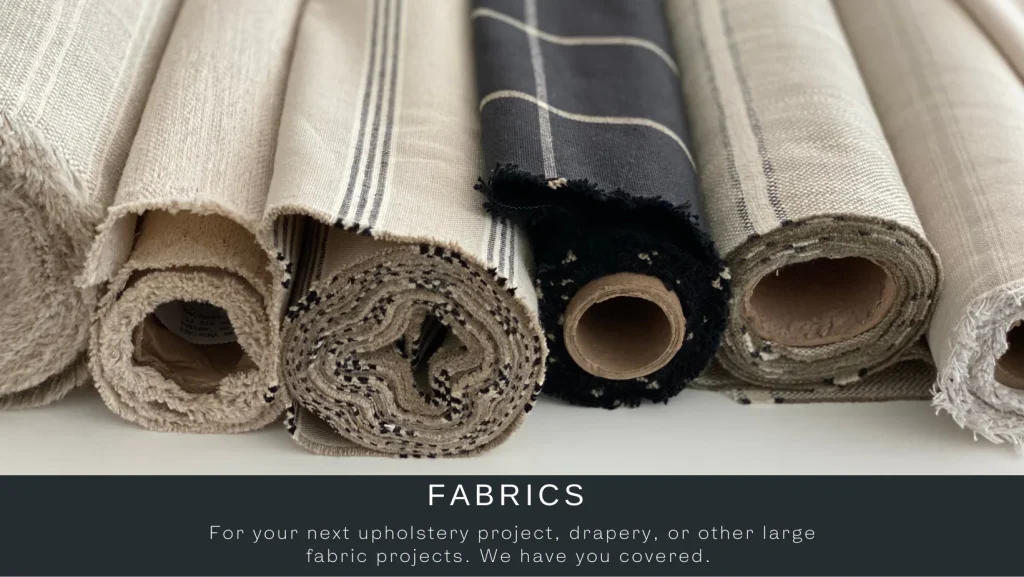Exploring Furniture Fabrics: A Comprehensive Guide
Furniture materials enjoy a crucial role in the overall aesthetics, comfort, and longevity of furniture pieces. These textiles come in a wide selection of components, finishes, shades, and designs, each providing unique traits and benefits. One of the most used furniture textiles is upholstery cloth, which can be specifically designed for covering sofas, seats, and different sitting surfaces. Upholstery fabrics can vary from organic fibers like cotton and linen to synthetic products such as for example cotton and microfiber, each offering different quantities of softness, longevity, and mark resistance.
Another common form of furniture cloth is drapery cloth, which will be useful for drapes, drapes, and screen treatments. Drapery textiles come in numerous loads and designs, letting homeowners to accomplish different quantities of mild control, solitude, and insulation. From sheer and light textiles for a breezy, heavenly look to major and opaque textiles for maximum light blockage and privacy, there is a drapery fabric to suit every type and practical need.
Along with upholstery and drapery materials, additionally there are specialty materials made for outside furniture, such as for instance deck chairs and lounge sets. Outside furniture textiles are normally made from weather-resistant resources like acrylic, cotton, and plastic, which are UV-resistant, water-repellent, and mold-resistant. These fabrics are manufactured to withstand the weather and maintain their shade and strength even yet in hard outside problems, creating them well suited for use in gardens, patios, and poolside areas.
Beyond sensible criteria, furniture textiles also enjoy a substantial role in inside design, putting structure, shade, and character to living spaces. From wealthy, luxurious velvet textiles that exude beauty and opulence to lively, vibrant images that provide personality and whimsy, furniture materials let homeowners to state their individual design and develop rooms that reveal their tastes and preferences.
When choosing furniture textiles, it’s crucial to consider facets such as for example longevity, maintenance, and suitability for the intended use. For high-traffic areas like residing rooms and family areas, resilient, stain-resistant materials like microfiber and leather in many cases are chosen because of their simple maintenance and longevity. On the other hand, fine textiles like cotton and velvet might be greater suited for formal living rooms or rooms where they are less likely to be confronted with spills or large wear.
Proper care and maintenance are necessary for keeping the sweetness and life of furniture fabrics. Regular vacuuming, spot cleaning, and professional upholstery cleaning might help eliminate dirt, dust, and spots and prevent rapid wear and tear. Furthermore, it’s essential to check out manufacturer’s treatment recommendations and prevent using harsh substances or harsh cleaning agents that will injury or discolor the fabric.
To conclude, furniture textiles enjoy an important role in surrounding the meubelstoffen , feel, and efficiency of furniture pieces and interior spaces. Whether it’s upholstery material for sofas and seats, drapery cloth for drapes and window solutions, or outside fabric for patio furniture, the right fabric may improve comfort, longevity, and fashion while highlighting the homeowner’s unique character and design preferences. With a wide variety of materials, designs, and shades to select from, homeowners have endless opportunities for creating beautiful, practical, and welcoming living spaces they can appreciate for a long time to come.
